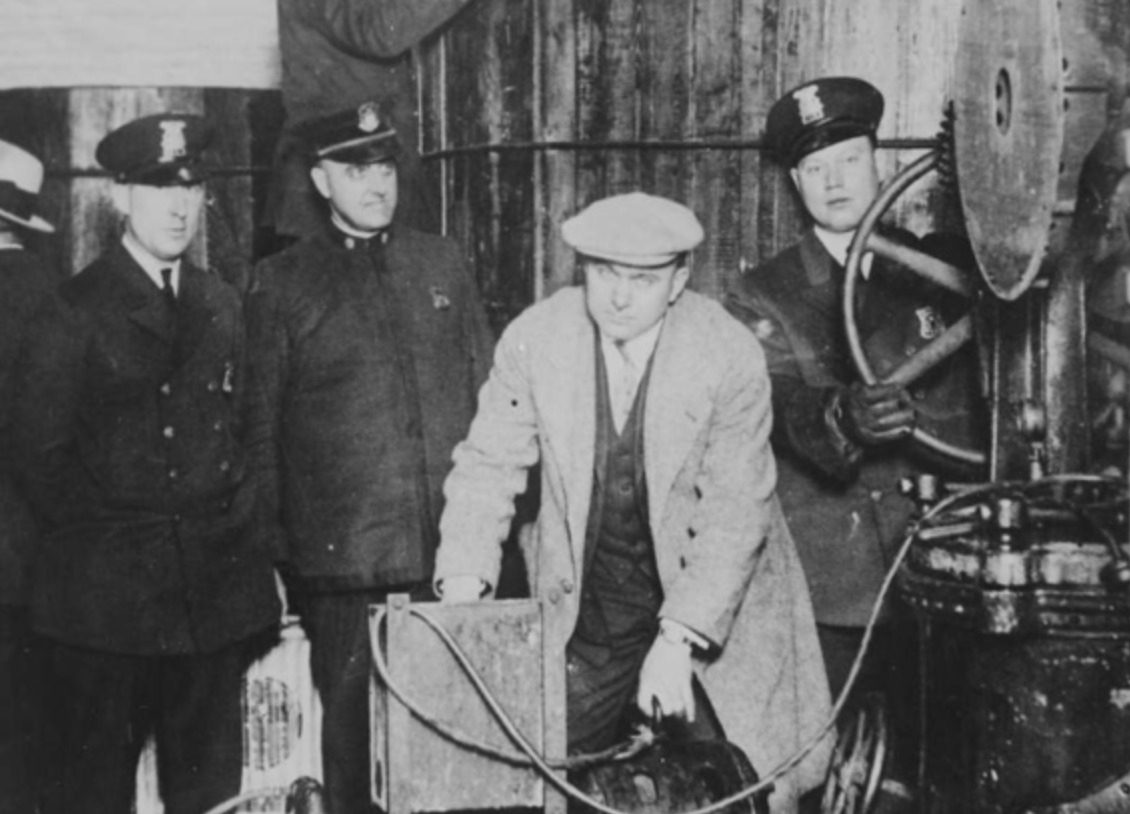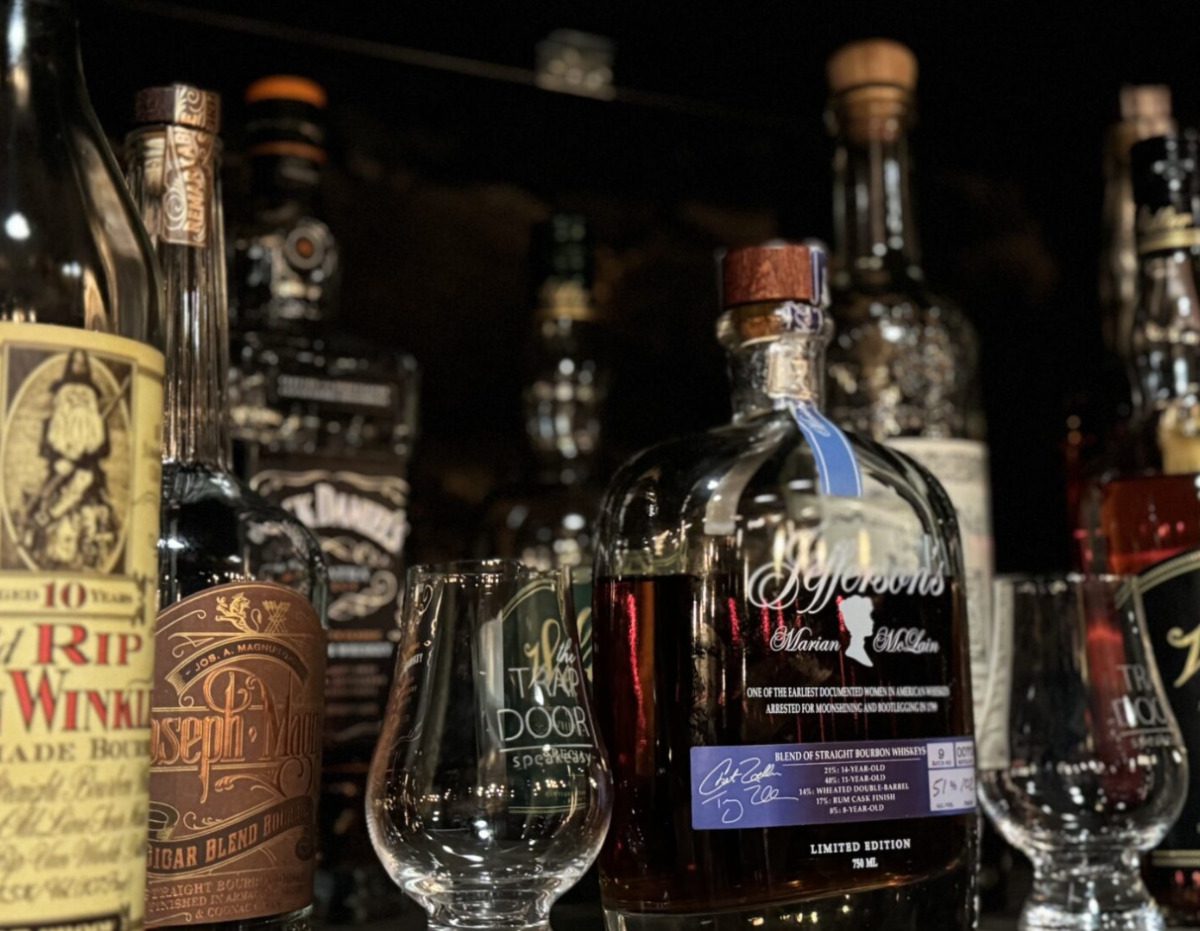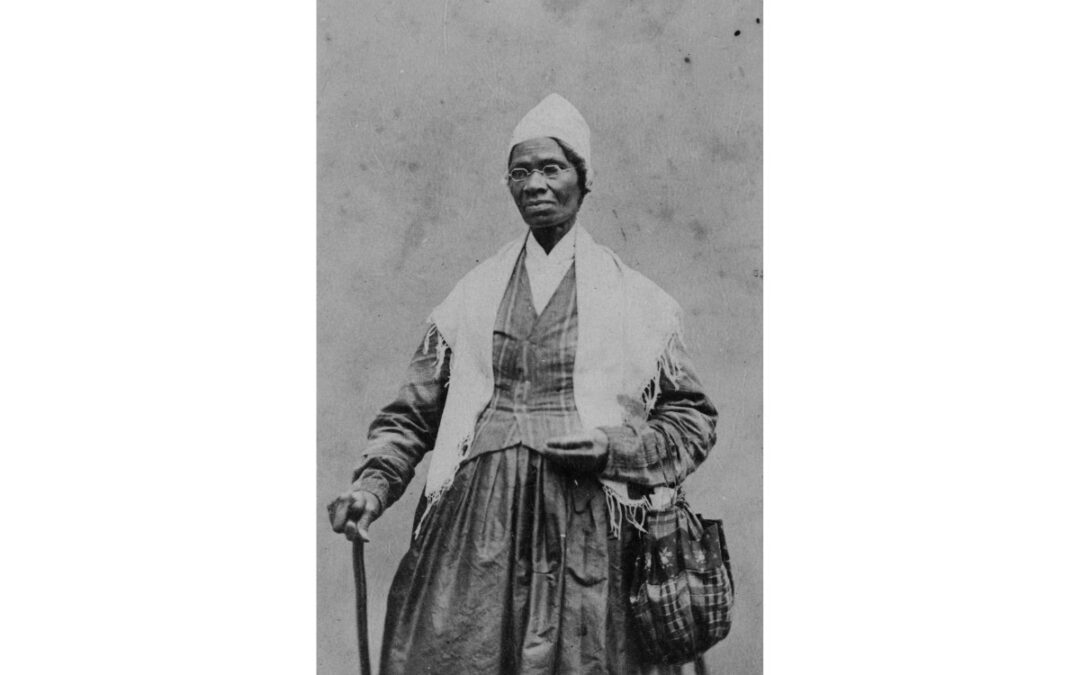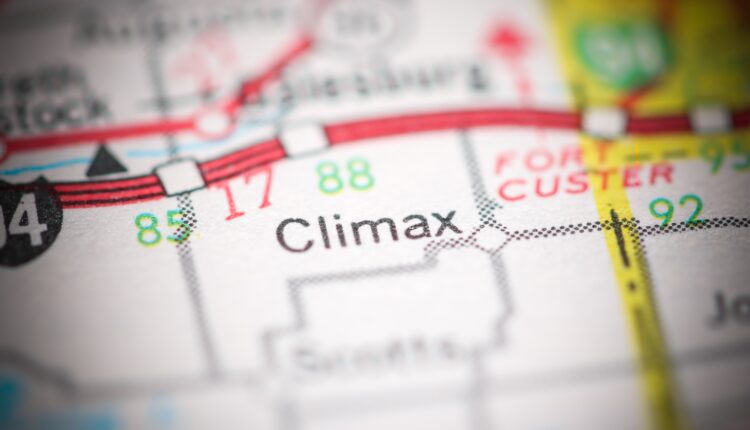
Detroit Police inspecting equipment found in a clandestine underground brewery. (U.S. National Archives and Records Administration)
While we all know that crime doesn’t pay, the bootleggers and gangsters of a century ago have always held a certain glamour in popular imagination. From TV shows like “Boardwalk Empire” and “Peaky Blinders,” which focus on characters’ interaction with the bootlegging business, to modern-day “speakeasies” that pay tribute to the illicit drinking dens of the Prohibition era, bootlegging and the Roaring Twenties are a source of curiosity and intrigue to this day. But did you know that the Wolverine State played a major role in the American bootlegging scene?
While it is a lesser-known chapter of state history, during Prohibition, Michigan was a major center for rum-running, whiskey smuggling, and other bootlegging activities. But why did bootleggers thrive in the Mitten? How did their operation work? And is there anything in the state today that echoes their activities? Historians (myself included) have been working to answer those questions and more.
To begin with, there’s the question of “why?” And the answer to that lies along the state’s northern border …
The Canadian connection
One reason that Michigan became such an important state for bootleggers and their customers was simple geography. The easy access to the Canadian border and relatively accessible ability to travel into Canada, where even during the height of Prohibition, liquor was readily available, meant that bootleggers could easily bring products into the United States through Michigan.
While Canada also had Prohibition-type laws and its own temperance movement, these laws varied from province to province and did not ban the manufacture of high-quality liquor for the export market. As a result, alcohol was readily available for bootleggers to obtain across the border, allowing it to be easily smuggled back into the United States.
Another advantage the Mitten’s geography gave it was the presence of both land and aquatic borders. While Canadian law allowed for the exports of alcohol, American law forbade the import, so it wasn’t like you could just explain at the border what the case of whisky in your truck was for. That’s where the Great Lakes came in handy. Much like the rum runners of the southern United States, who transported rum from Cuba to Florida by boat, bootleggers who didn’t want to try their luck on the backroads or disguising their cargo at border checkpoints would transport liquor from Canada into Michigan by boat—often under cover of night to avoid the prying eyes of the law.
Motors and boaters—Detroit’s smuggling network
Now, once the liquor had crossed international boundaries, it was time to distribute, and in Michigan, there was a top spot for that. While Lansing may have been the state capital, in the 1920s, Detroit was indisputably the capital of Michigan bootlegging. Detroit residents were old hands at bootlegging by the time the United States adopted Prohibition in full.
Michigan had adopted a state law restricting alcohol in 1917, leading to liquor coming in from Canada and Ohio, and smugglers honing their trade well before much of the country. The Detroit River was a convenient route for smugglers ferrying their cargo from Canada into the state, or even the country at large. In fact, during the early 1930s, bootlegging was Detroit’s second-largest industry after auto manufacturing! And enterprising Michigan bootleggers didn’t let the river freezing over in winter stop them—when that happened, they’d simply drive their cars across the ice, or transport the goods via sled.
That said, the city itself was also a popular destination for bootleggers’ cargo. In fact, the notorious “Purple Gang,” a Detroit-based crime syndicate with ties to Al Capone, would land contraband from Canada at “Whiskey Harbor,” in Gore County, with much of it earmarked directly for Detroit consumption. Speakeasies and “blind pigs” thrived in the Motor City, with the latter, also called a “striped pig” or “blind tiger,” being a type of inexpensive speakeasy that operated under the premise that guests bought “tickets” to see a dubious attraction (such as, well, a blind pig), and drinks were “included” in the price of admission.

Detroit Police inspecting equipment found in a clandestine underground brewery. (U.S. National Archives and Records Administration)
First to reopen the bar
Michigan’s bootlegging history came to what might seem like an abrupt end with the ratification of the 21st Amendment. This repealed the 18th Amendment of 1919 and paved the way for the legal manufacture and sale of alcohol to return to the United States.
For Michiganders, ratifying the 21st Amendment meant the end of a decade and a half of Prohibition in one form or another, and was the first step towards the thriving brewery and distillery scene the Mitten has today. Given the Mitten’s 1917 restrictions, it being the first to ratify the 21st gave it the nickname “the first state in, the first state out.”
Toasting the 20s’ “spirit” today
Want to get into the spirit (pun intended) of Michigan bootlegging in our very own “roaring 20s”? Luckily, today you can enjoy all the fun of a Michigan speakeasy, totally legally! In Detroit, Cadieux Cafe was once an authentic speakeasy, but now it’s a spot for Belgian food, drink, and feather bowling. Meanwhile, asking to see Shelby at the spot gets you access to shelby, a hidden bar with all the clandestine fun of Prohibition speakeasies, minus the illegal aspects.
And it’s not just Detroit where the twenties are still roaring—from The Trap Door in Clare to SpeakEZ Lounge in Grand Rapids, the odds are that wherever you are in the Mitten, you’ll find a place to toast in proper twenties style. Maybe you should raise a glass to the 21st Amendment?

Bottles of liquor at a modern Michigan speakeasy. (The Trap Door)
Moreover, the legacy of Prohibition sometimes pops up in unusual places throughout the Mitten. Today, if you go looking for a Blind Pig in Ann Arbor, you won’t find a speakeasy, but a legendary music venue, where Iggy Pop played his first gig, and where the name hearkens back to the far more dubious attractions of historical blind pigs. Or, to learn more about Prohibition and bootlegging in the Wolverine State, check out the Detroit Historical Museum, where exhibitions cover the city’s history from its founding through Prohibition and into the present day. Cheers!
This article first appeared on Good Info News Wire and is republished here under a Creative Commons license.
Related: Unpacking Detroit’s strong ties to the Mafia

That one time in Michigan: When we established one of the most isolated national parks
A quick history of Isle Royale National Park. It's been nearly 100 years since Congress authorized one of the country's most beautiful and remote...

That one time in Michigan: When an abolitionist called Battle Creek home
Did you know that one of the most famous abolitionists in US history called Michigan home? Sojourner Truth, the legendary activist, lived in...

Black History Month explained: Its origins, celebrations and myths
By HAYA PANJWANI Associated Press WASHINGTON (AP) — Beginning Feb. 1, schools, museums and communities across the nation will mark the start of...

Unpacking Detroit’s strong ties to the Mafia
Many crime families and mafia members have called Detroit home over the years. Learn about the Motor City’s mafia connections and ties to organized...

9 Michigan town names that will make you blush
There are a handful of Michigan town names that raise eyebrows. Read on to learn about some of the most outrageous. Every Michigander knows that the...







